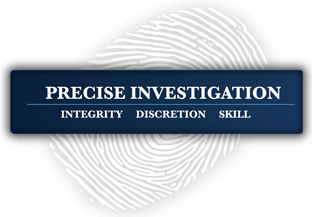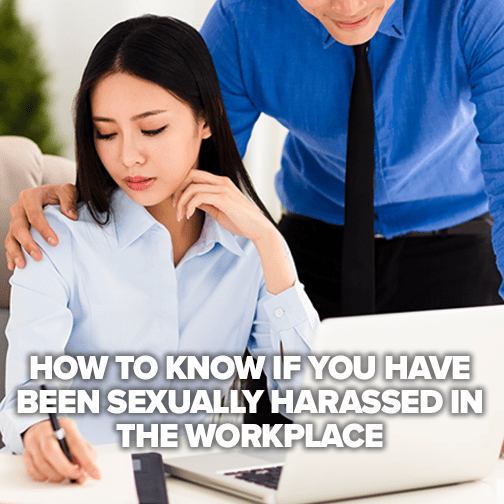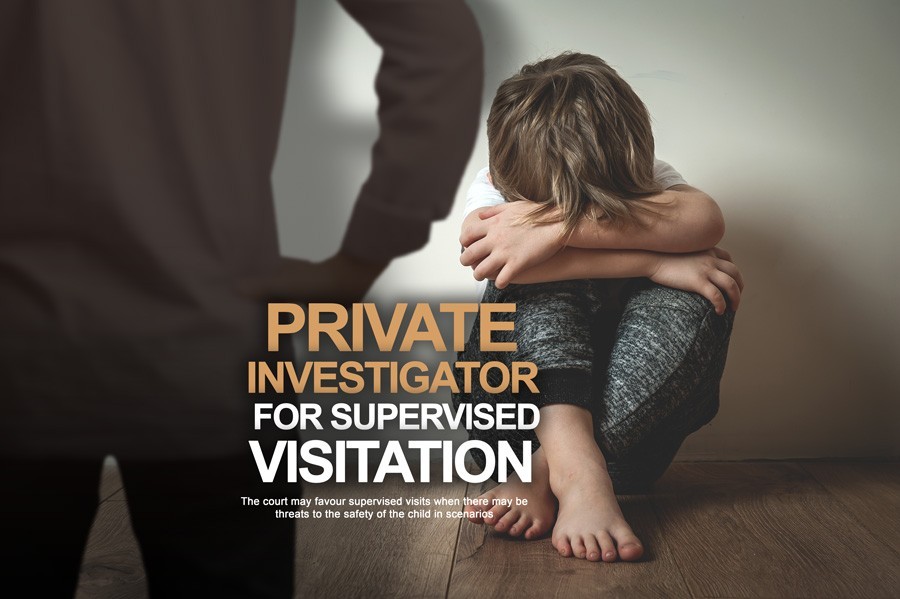
Sexual harassment is not welcome in any workplace. Unfortunately, it still exists, despite our best efforts to stamp it out. And because this behaviour often involves people in positions of power using their influence over employees below them, it can often go unreported.
This is your guide to sexual harassment in the workplace, how to identify it and what you can do to take action against the perpetrator. We believe this is a helpful outline of how to prevent it from happening to you, or anyone else, in the future.
What is sexual harassment?
Any unwelcome sexual behaviour – including sexual advances, requests for sexual favours of conduct of a sexual nature – that is designed to offend, humiliate or offend, is classed under this category.
It does not have to be a physical action, either; it can be written or verbal and can occur outside of the physical workplace. This means that work functions or other channels relating to the workplace also fall into this.
How do I know if I have been sexually harassed in the workplace?
Perpetrators will often try to normalise their behaviour and use excuses that often come in the form of “trying to give a compliment”. But any behaviour that makes you feel uncomfortable is unwarranted and should be reported.
This includes receiving sexual images designed to be a “joke” or sexual advances disguised as “humour”. It can even mean comments that objectify you, and are repeated or unwanted advances (e.g. One date request? Fine. Multiple date requests after clear-cut refusals? Not okay).
It can occur outside of the workplace – like at end-of-week drinks, conferences, corporate trips or even just outside of the office through another channel. Platforms like SMS messaging, social media and communication apps – and even phone calls – also mean you can experience unwelcome methods of contact.
Remember, the perpetrator does not get to tell you what is acceptable and what is not. If you feel uncomfortable, you have every right to say so. This will prevent this activity from happening again to you or somebody else that finds themselves in the same position.
Identifying a sexual harassment culture
Sometimes, sexual harassment is not as simple as one individual acting inappropriately towards another. This can also happen in workplaces where the environment or culture is sexually charged or hostile, and it can also mean harassment like this is not targeted towards a single individual.
In these circumstances, there is often a culture of silence as well, because most people do not want to be seen as “not fitting in”. There are often additional fears around losing their position, their job or even their career if they speak out against the culture.
This behaviour is never going to change by itself, mostly because it is the people in positions of power that are fostering this environment. Harassment Prevention Policies need to be well documented and shown regularly to all staff, and the message needs to come from the top that this behaviour is simply unacceptable. All instances of sexual harassment should be taken to the management team at the very highest level so that this all-too-common trend can be changed.
Click here to see more information on how a private investigator can help further with employee misconduct.
If you feel you have been the victim of sexual harassment, report it immediately to your HR Officer and ensure follow-up actions have been taken.
For extra support or assistance with your case, please do not hesitate to contact us at contactus@precisestigation.com or Tel: 03 9564 7303.






















